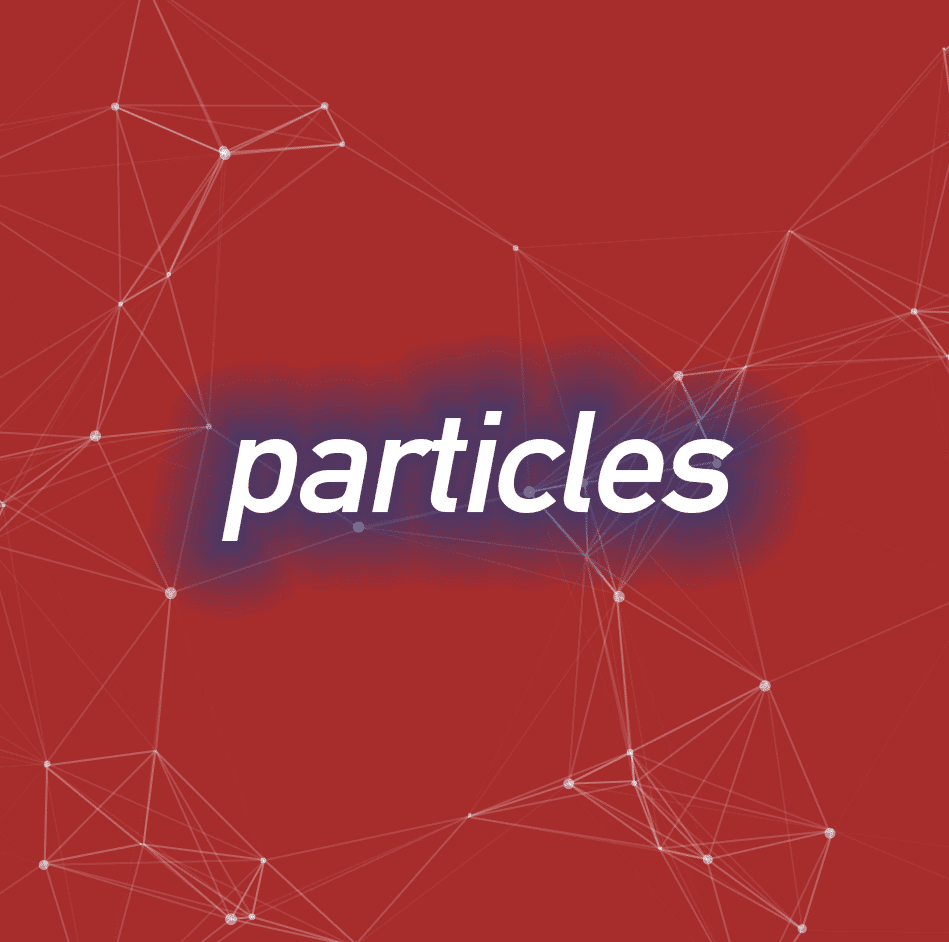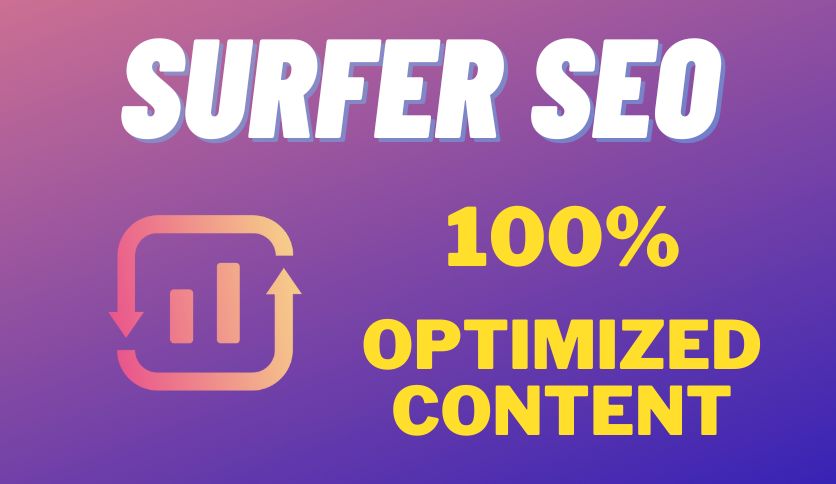Background particles can be a lovely addition to any WordPress webpage that can genuinely aid set the tone and ambiance of your web site. If you happen to be attempting to include a javascript particles library to your WordPress web site created with Breakdance, there are a couple of distinct techniques you can go about it. You can use a plugin, or you can include the library with no a single (requiring a minor bit much more operate).
Incorporating particles with no a plugin will give you much more manage in excess of how they seem and behave on your web site, but it may be somewhat much more difficult to set up. If you use a plugin, there are a couple of distinct alternatives obtainable. We’ll stroll you by way of each strategies so you can decide on what is greatest for your site!
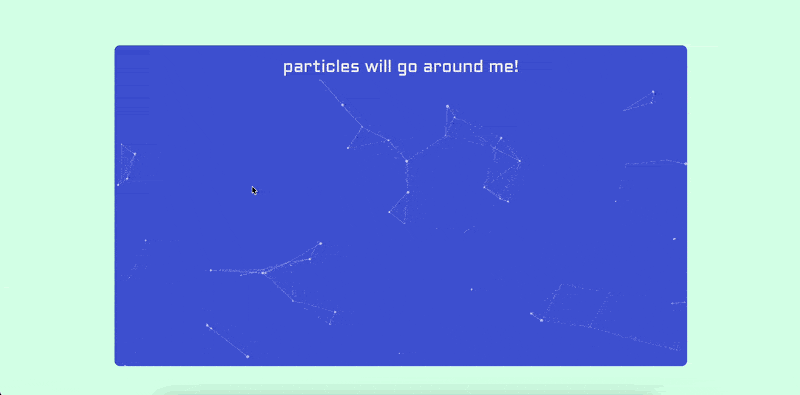

Insert Particles making use of a WordPress Plugin (constrained)
I have identified a pretty new WordPress plugin named Particle Background WP that can make it super simple to include a particle background to any webpage or publish on your web site. The only caveat is the limitations it imposes on the variety of particles you can use and how you can fashion them.
To get began, download and set up the plugin from WordPress.org. Then, head to Settings > Particle Background to configure your particle settings. You can customize a couple of alternatives, include some text, and allow a swift selection to include to the front webpage or site webpage of your site.
If you do not want to immediately include it, you can copy the shortcode that is produced and include it to any publish or webpage the place you want the background to display up. (making use of a shortcode component)
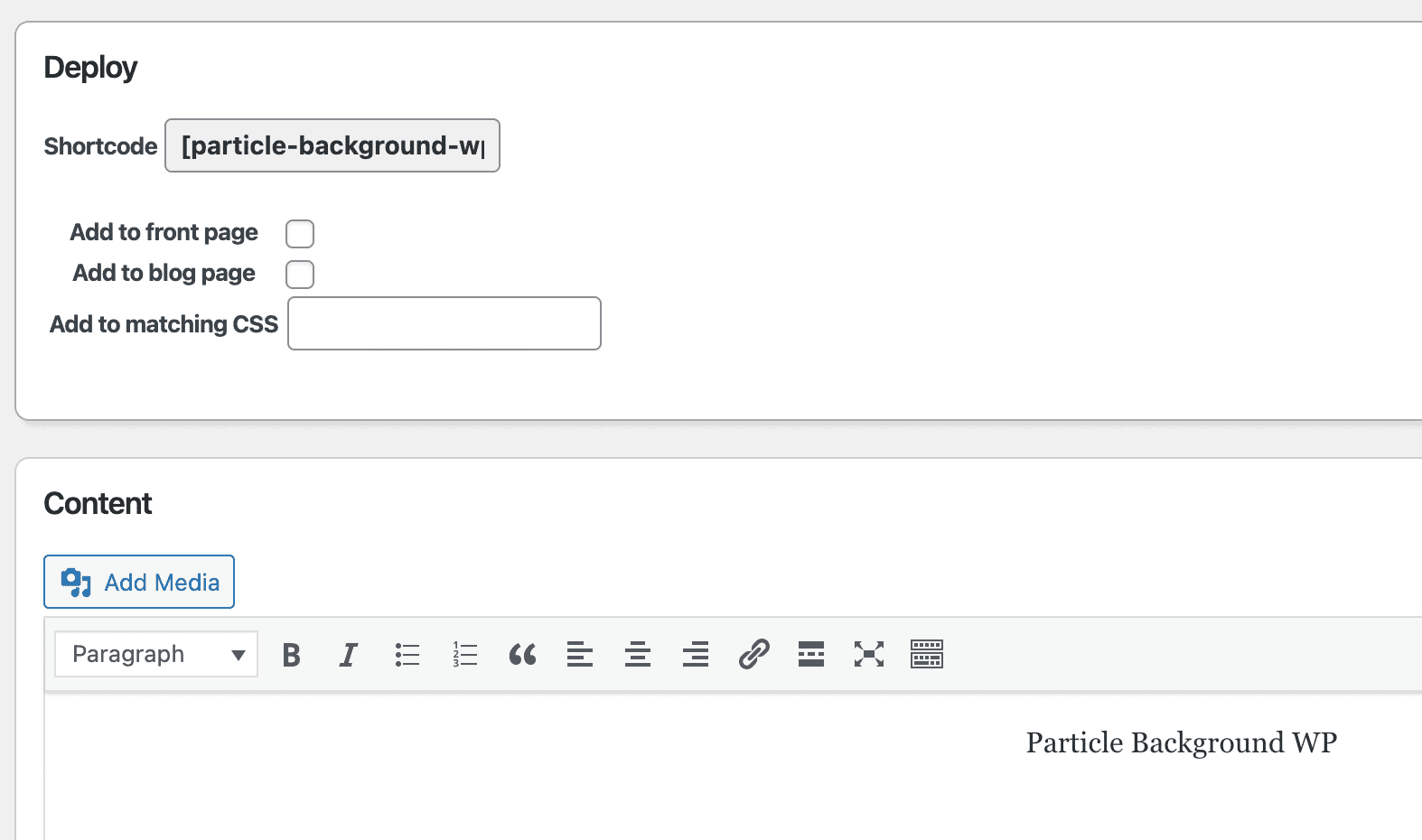

The shortcode is merely named: [particle-background-wp]
If you happen to be seeking for additional full customization, or merely do not want to use a third-get together plugin, you can include the particles to your WordPress site manually.
Insert Particles Manually (complete customization)
If you want to devote a couple much more minutes but have complete accessibility to how your particles seem, we advocate including them manually.
When you include particles with no a plugin, you will need to have to incorporate the javascript library someplace like a code block. Aside from the code block, you will need to have to develop a part with a special ID and include that part to the webpage you want your particles to display up on.
Alright, let us start off!
To commence, include a part and a div to your webpage. We’re going to include the particles to the div within of the part, just to make it simpler to visualize. You can do this even so you want. After you develop a part and div, include an empty code block component to your webpage as nicely.
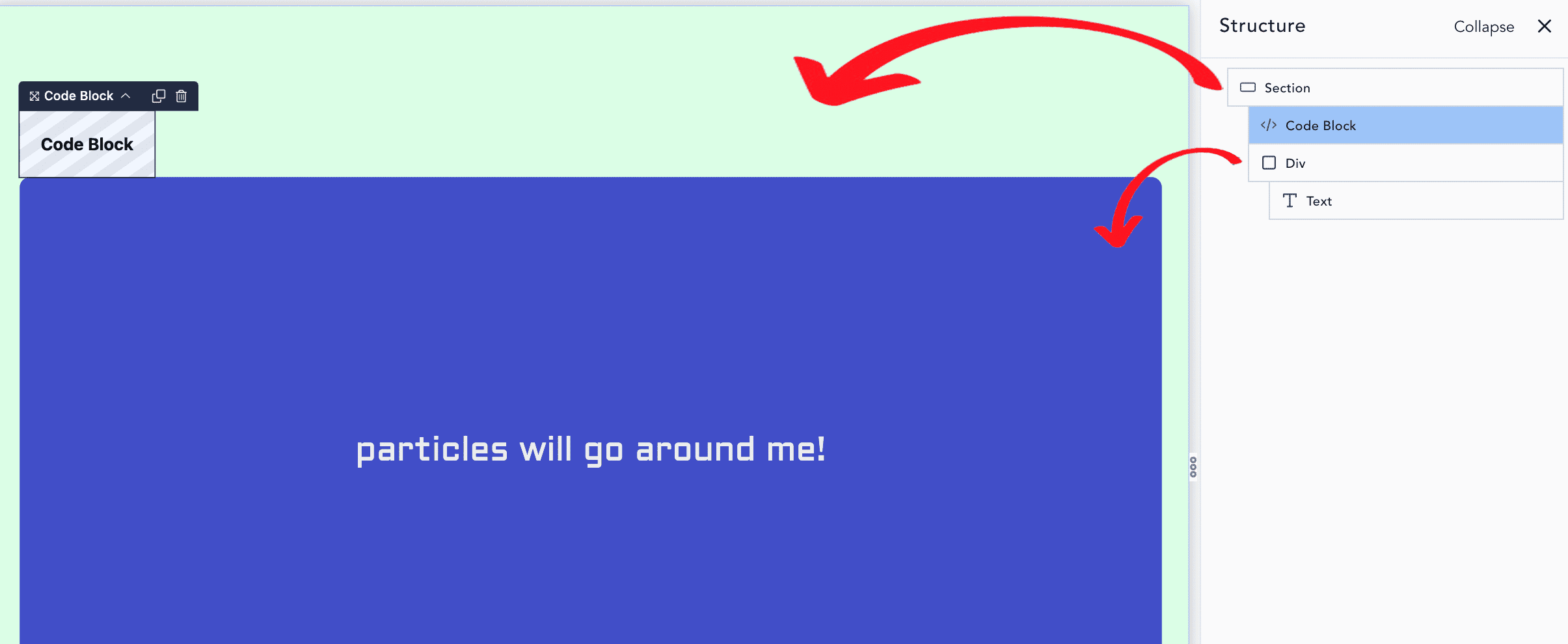

Now that all the necessary components are on your webpage, we’ll be including some php code and javascript code within of the code block
The following php code will load the script that contains all of the particle functions
<script src="http://cdn.jsdelivr.net/particles.js/two../particles.min.js"></script>
The javascript code will have the real particle settings we’ll be making use of in this tutorial. We’ll go in excess of customizing them in a bit
particlesJS("quite", {
"particles": {
"amount": {
"worth": 80,
"density": {
"allow": correct,
"worth_location": 800
}
},
"colour": {
"worth": "#ffffff"
},
"form": {
"variety": "circle",
"stroke": {
"width": ,
"colour": "#000000"
},
"polygon": {
"nb_sides": five
},
"picture": {
"src": "img/github.svg",
"width": one hundred,
"height": one hundred
}
},
"opacity": {
"worth": .five,
"random": false,
"anim": {
"allow": false,
"pace": one,
"opacity_min": .one,
"sync": false
}
},
"dimension": {
"worth": three,
"random": correct,
"anim": {
"allow": false,
"pace": forty,
"dimension_min": .one,
"sync": false
}
},
"line_linked": {
"allow": correct,
"distance": 150,
"colour": "#ffffff",
"opacity": .four,
"width": one
},
"move": {
"allow": correct,
"pace": six,
"path": "none",
"random": false,
"straight": false,
"out_mode": "out",
"bounce": false,
"entice": {
"allow": false,
"rotateX": 600,
"rotateY": 1200
}
}
},
"interactivity": {
"detect_on": "canvas",
"occasions": {
"onhover": {
"allow": correct,
"mode": "repulse"
},
"onclick": {
"allow": correct,
"mode": "push"
},
"resize": correct
},
"modes": {
"grab": {
"distance": 400,
"line_linked": {
"opacity": one
}
},
"bubble": {
"distance": 400,
"dimension": forty,
"duration": two,
"opacity": eight,
"pace": three
},
"repulse": {
"distance": 200,
"duration": .four
},
"push": {
"particles_nb": four
},
"get rid of": {
"particles_nb": two
}
}
},
"retina_detect": correct
})
After the correct code is additional you will have a functioning particle integration. Now how do we connect this to an component? If you consider a seem back at the javascript code you can see the initial argument in the code is named quite. This is the identify of the ID you will set in your div.
Head in excess of to your div, go into the setting gear (or superior), and scroll down right up until you see ID. Enter the identical identify from the initial argument, in this situation, we have named it quite. No need to have to include a hashtag both. You can go ahead and refresh your webpage and if you did every little thing accurately, you will see particles in the background of your div. Now that we have a functioning illustration, let us speak about how to alter issues up!
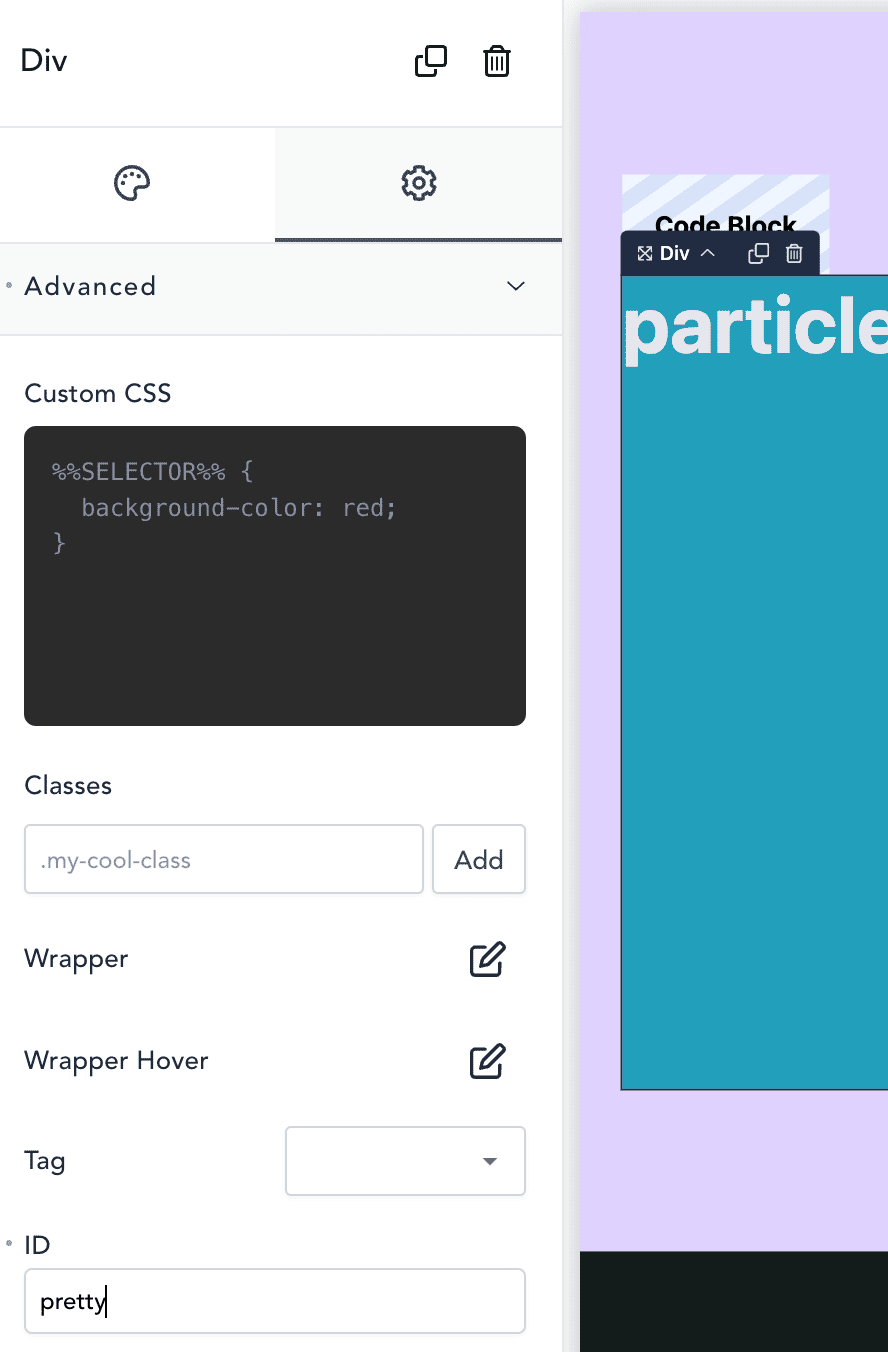

Customizing JavaScript Particles
If you want to alter how your particles seem and behave, I will direct you proper to the customizer page. Right here, you can tweak issues like colour, form, and dimension. These alternatives must update right on the sample webpage so you can see what it would seem like prior to you load it back into Breakdance. When you are completed customizing your particles, open your sample with their CodePen website link. You can right copy and paste this JavaScript into your code block (just make confident to alter the ID identify to match the component you want the particles displayed on!)
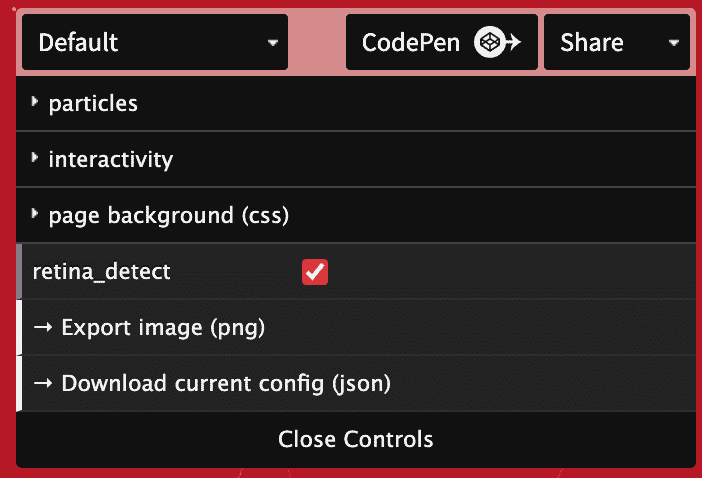



Conclusion
Right after a couple of minutes of setup, you can include some beautiful particles to any component in your Breakdance Builder WordPress Web site. If you want complete customization in excess of how they seem and behave, we advocate including them with no a plugin. If you want a swift and simple remedy, there are some plugins obtainable.
Have any inquiries about including a javascript particle library to Breakdance Builder? Depart a comment under! If you appreciated reading through, subscribe to our month to month newsletter under for much more guidelines and tricks on how to layout and expand your digital brand.

